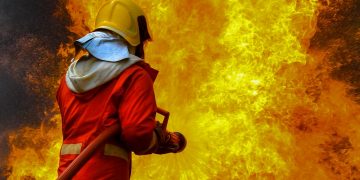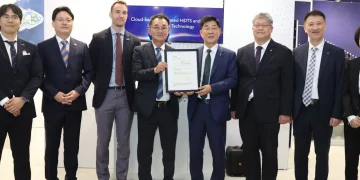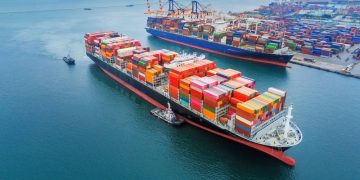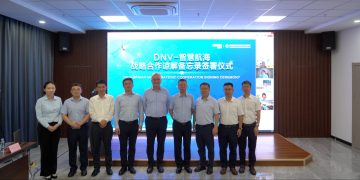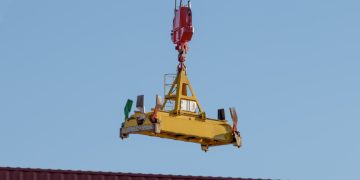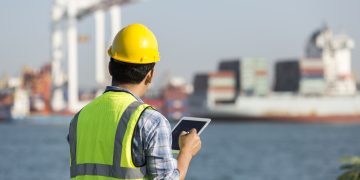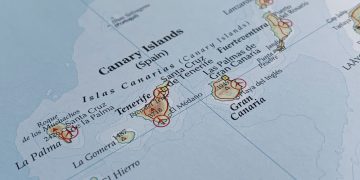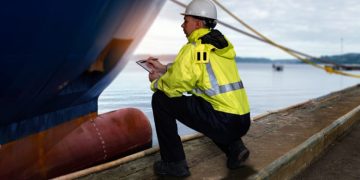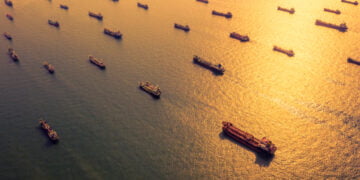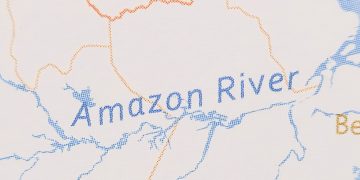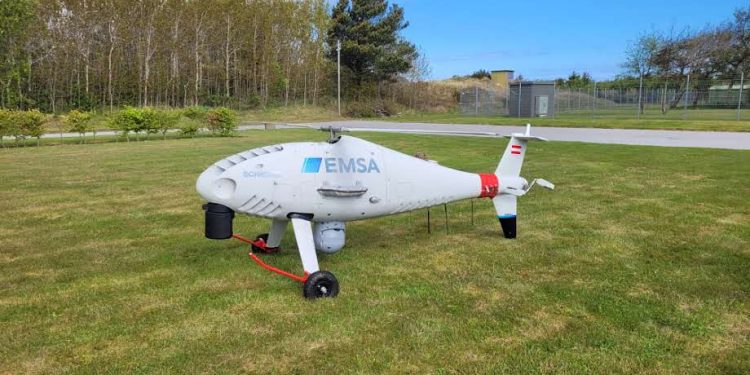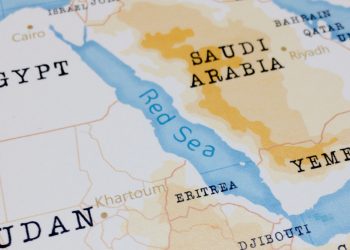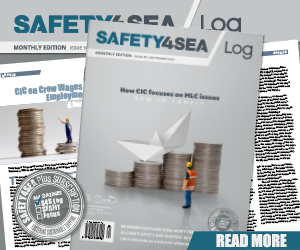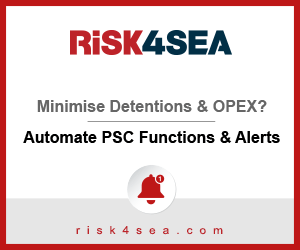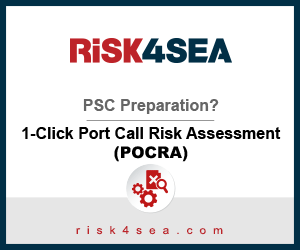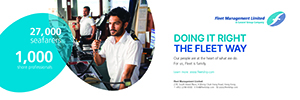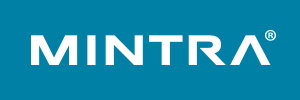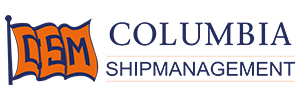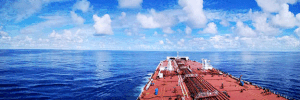From mid-May EMSA Remotely Piloted Aircraft Systems (RPAS) are flying from Denmark’s northernmost town Skagen, offering enhanced maritime surveillance.
The service is being provided by EMSA following a request from the Royal Danish Navy which is using the service alongside fellow national authorities, including the Danish Customs and Danish Fisheries Agency, as they implement coast guard functions.
[smlsubform prepend=”GET THE SAFETY4SEA IN YOUR INBOX!” showname=false emailtxt=”” emailholder=”Enter your email address” showsubmit=true submittxt=”Submit” jsthanks=false thankyou=”Thank you for subscribing to our mailing list”]
The RPAS service is delivered by EMSA through the contractor, Schiebel Aircraft GmbH and will see a Schiebel Camcopter S100 deployed in support of Danish authorities’ maritime surveillance activities over a two-month period.
The aircraft is an unmanned helicopter with an endurance of six hours and a range of more than 100 km. It is equipped with both an optical and infrared camera, as well as an AIS receiver and an automated maritime search sensor capable of detecting objects on the sea surface.
The data gathered from the flights will be shared live through the EMSA RPAS Data Centre allowing users to monitor any unusual activity at sea with a potentially harmful impact on the safety and security of persons and vessels in the area or affecting the environment itself.
The service makes it possible to monitor and alert authorities in case of drifting objects spotted at sea which may pose a danger to vessels in the vicinity and/or the environment. This is especially useful in areas of high traffic density.
The Royal Danish Navy acts on behalf of Denmark’s Ministry of Environment to safeguard the protection of the marine environment in the surrounding waters. EMSA’s RPAS service will support this activity by helping them to identify, verify and provide information on potential oil spills and discharges at sea.
During April, EMSA launched an emissions monitoring campaign over the Baltic Sea using drones. Over a three-month period, a specially equipped drone will measure the sulphur content in the exhaust plumes of ships transiting the Baltic Sea in order to be able to detect violations of the applicable limits.
At the same time, image data will also be collected for hydrographic surveying purposes.










